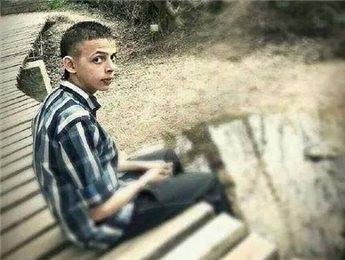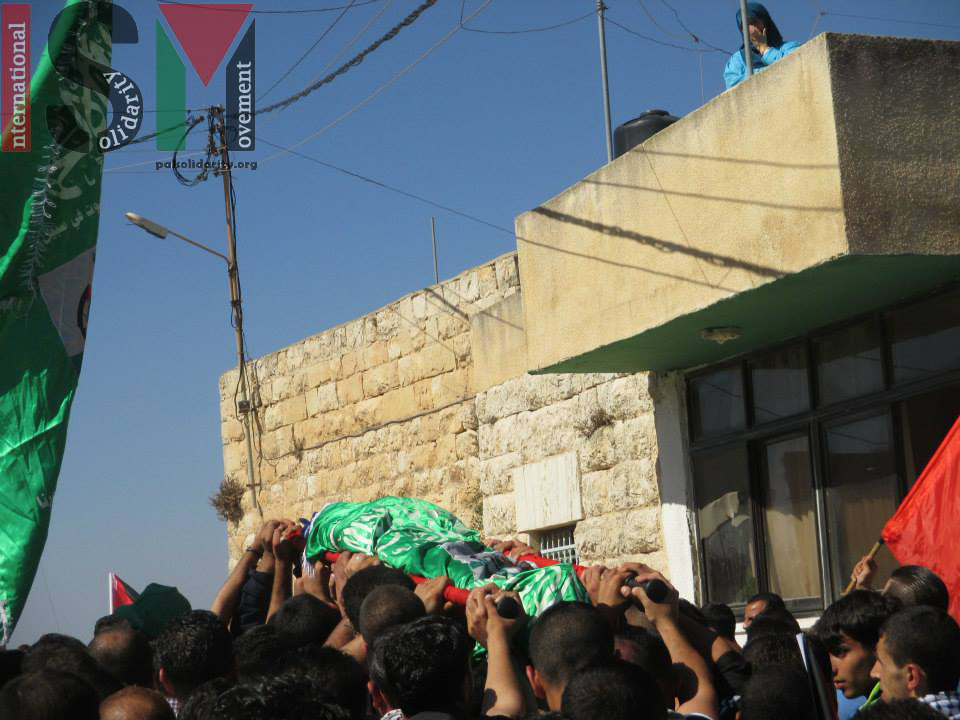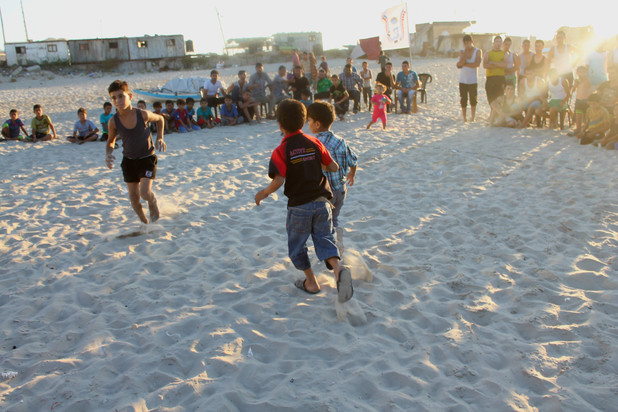Tag: Child Killed
-
Remembering Mohammed Abu Khdeir two years after his brutal murder
2nd July 2016 | International Solidarity Movement, al-Khalil team | Occupied Palestine Today marks the two year anniversary of the brutal kidnap, torture and eventual murder of 16-year-old Palestinian Mohammed Abu Khdeir. The teenager was kidnapped in the Shufat neighbourhood of occupied Jerusalem by Ben David of the illegal settlement Geva Binyamin and two assailants…
-
Clahes after funeral for murdered Orwa Hammad
27th October 2014 | International Solidarity Movement, Ramallah team | Silwad, Occupied Palestine Yesterday a funeral was held for 14-year-old Orwa Abd al-Hadi Hammad, shot dead by the Israeli military on Friday, in the small village of Silwad close to Ramallah. Orwa was shot dead by Israeli forces on Friday, during a demonstration at the edge of the small village of…
-
Gaza beach massacre commemorated by child survivors
10th September | Joe Catron | Gaza, Occupied Palestine On Sunday evening, as the sun slipped behind the Mediterranean Sea, members of the Bakr family, a sprawling clan of fishermen in Gaza City’s Beach refugee camp, gathered with hundreds of supporters on the beach next to the Gaza seaport. Their assembly commemorated the lives of nine-year-old Ismail…



